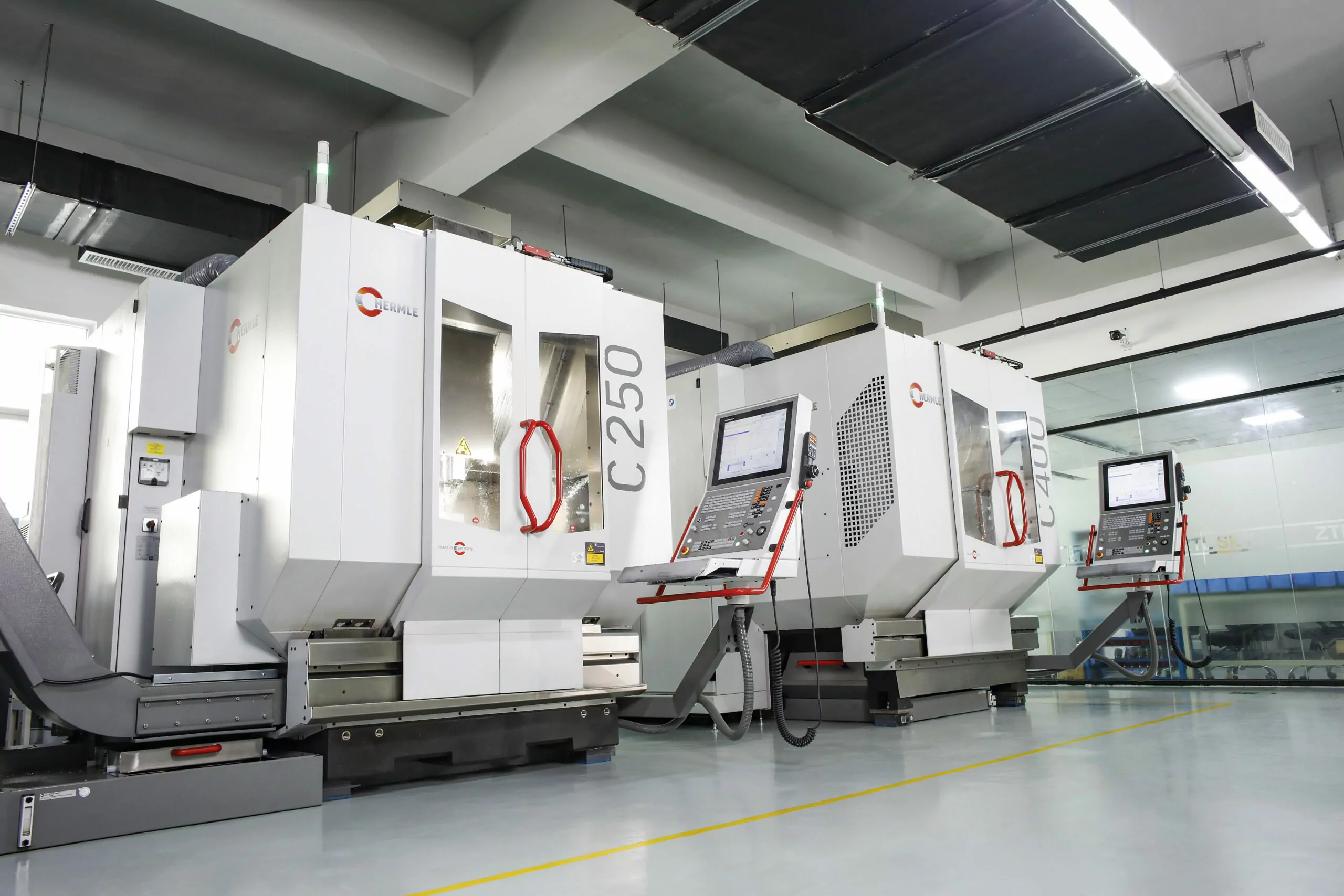5 Axis milling has revolutionized the automotive manufacturing industry, allowing for the production of complex and intricate parts with unparalleled precision and efficiency. As this technology continues to advance, it is crucial for manufacturers to consider several key factors when implementing 5 Axis milling in their operations.
Machine Capability and Flexibility
One of the primary considerations when implementing 5 Axis milling in automotive manufacturing is the machine's capability and flexibility. The machine must be able to handle a wide range of part sizes and shapes, as well as various materials commonly used in automotive production. Additionally, the ability to perform simultaneous 5-axis machining is essential for achieving the intricate geometries required in automotive components.
Tooling and Workholding
Another critical consideration is the selection of appropriate tooling and workholding solutions for 5 Axis milling. The right tools and workholding systems are essential for maximizing the machine's capabilities and ensuring the efficient and accurate production of automotive parts. Manufacturers must carefully evaluate the compatibility of tooling and workholding solutions with their specific machining requirements to achieve optimal results.
Programming and Simulation
Effective programming and simulation are key considerations when implementing 5 Axis milling in automotive manufacturing. Advanced CAM software and simulation tools are essential for creating and validating machining programs, optimizing tool paths, and identifying potential issues before they occur on the shop floor. By leveraging these technologies, manufacturers can minimize setup times, reduce scrap, and improve overall process efficiency.
Quality Control and Inspection
Quality control and inspection play a crucial role in the successful implementation of 5 Axis milling in automotive manufacturing. With the increased complexity of parts produced using 5 Axis machining, manufacturers must invest in advanced metrology equipment and inspection processes to ensure the dimensional accuracy and surface finish of finished components. Implementing in-process inspection techniques can also help identify and address any issues early in the production process.
In conclusion, the implementation of 5 axis milling in automotive manufacturing requires careful consideration of machine capability and flexibility, tooling and workholding, programming and simulation, as well as quality control and inspection. By addressing these key considerations, manufacturers can harness the full potential of 5 Axis milling technology to produce high-quality automotive components with precision and efficiency.
